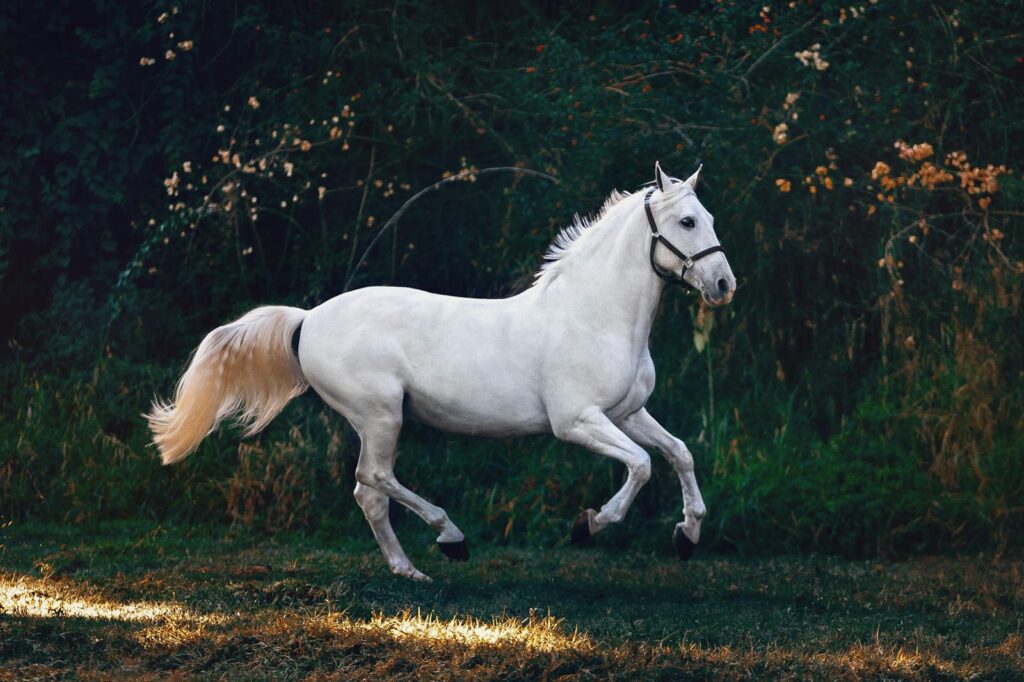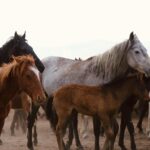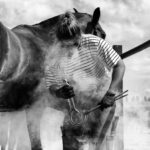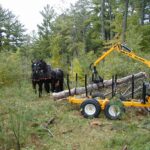Extreme weather presents unique challenges for equestrians and their mounts. Whether facing scorching desert heat, frigid arctic conditions, or torrential downpours, the choice of horse breed can significantly impact both rider safety and equine welfare. Certain horse breeds have developed specialized adaptations through centuries of selective breeding in harsh environments, making them naturally suited to specific weather extremes. These adaptations range from efficient thermo regulation systems to specialized coat types and robust constitutional characteristics. This comprehensive guide explores the most weather-resilient horse breeds across various challenging climates, providing valuable insights for riders who regularly face weather extremes or those preparing for expeditions in difficult conditions.
Understanding Equine Weather Adaptations
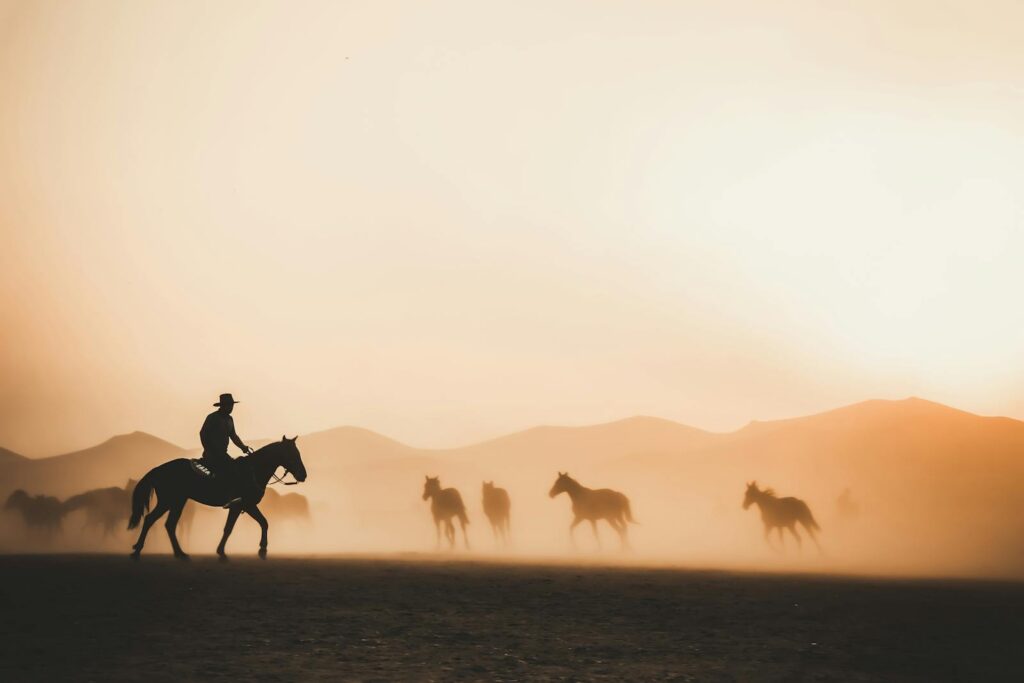
Horses have evolved remarkable adaptations to survive in diverse climates around the world. These adaptations include variations in coat thickness, skin pigmentation, metabolic efficiency, and body conformation that help regulate temperature and conserve energy. Cold-adapted breeds typically feature denser winter coats, compact bodies that minimize heat loss, and efficient metabolisms that generate more internal warmth. In contrast, heat-adapted breeds often have sleek coats, greater surface area for heat dissipation, pronounced sweat glands, and thin skin with efficient blood vessel networks near the surface. These physical adaptations represent centuries of natural and selective breeding processes that have created horses uniquely suited to thrive in specific environmental extremes, beyond what mere conditioning can achieve in non-adapted breeds.
Icelandic Horses: Masters of the Cold
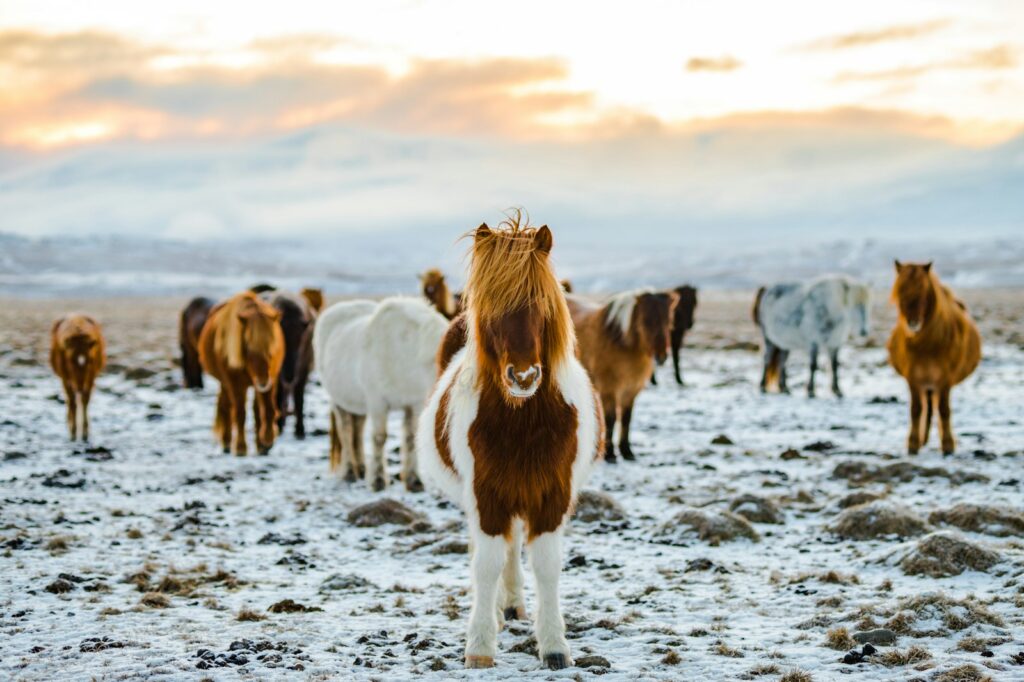
Icelandic horses stand as the undisputed champions of cold weather riding, having thrived for over a thousand years in the harsh subarctic environment of Iceland. These compact, sturdy horses develop an extraordinarily thick double coat in winter, featuring both a dense undercoat for insulation and longer guard hairs that repel moisture and snow. Their remarkable metabolic efficiency allows them to maintain healthy weight on sparse winter forage, while their signature five-gaited movement keeps them agile on icy terrain. Perhaps most impressive is their documented ability to comfortably tolerate temperatures as low as -40°F (-40°C) without requiring blankets or shelter, a testament to their exceptional cold weather adaptation that makes them ideal companions for winter riding adventures.
Arabian Horses: Desert-Bred Survivors
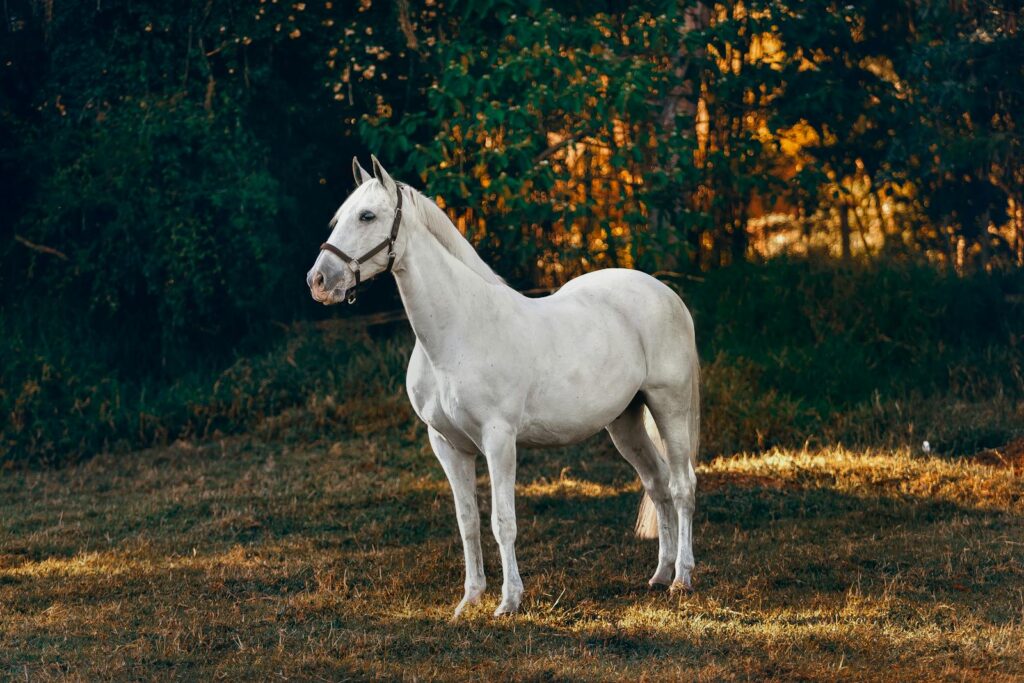
Arabian horses represent thousands of years of adaptation to the extreme conditions of desert environments, making them exceptionally well-suited for riding in hot, arid climates. Their distinctive physical features—including large nostrils for increased oxygen intake, efficient sparse coat, and high tail carriage—all serve practical purposes in heat management. The breed’s legendary endurance stems from superior cardiovascular efficiency and lower water requirements compared to other breeds, allowing them to cover vast distances in scorching temperatures. Arabian skin contains more efficient sweat glands and thinner dermis that helps dissipate heat quickly, preventing dangerous overheating during exertion. These natural adaptations make them the preferred choice for endurance competitions in hot regions, where their desert heritage continues to prove invaluable.
Norwegian Fjord: Hardy Nordic Performers
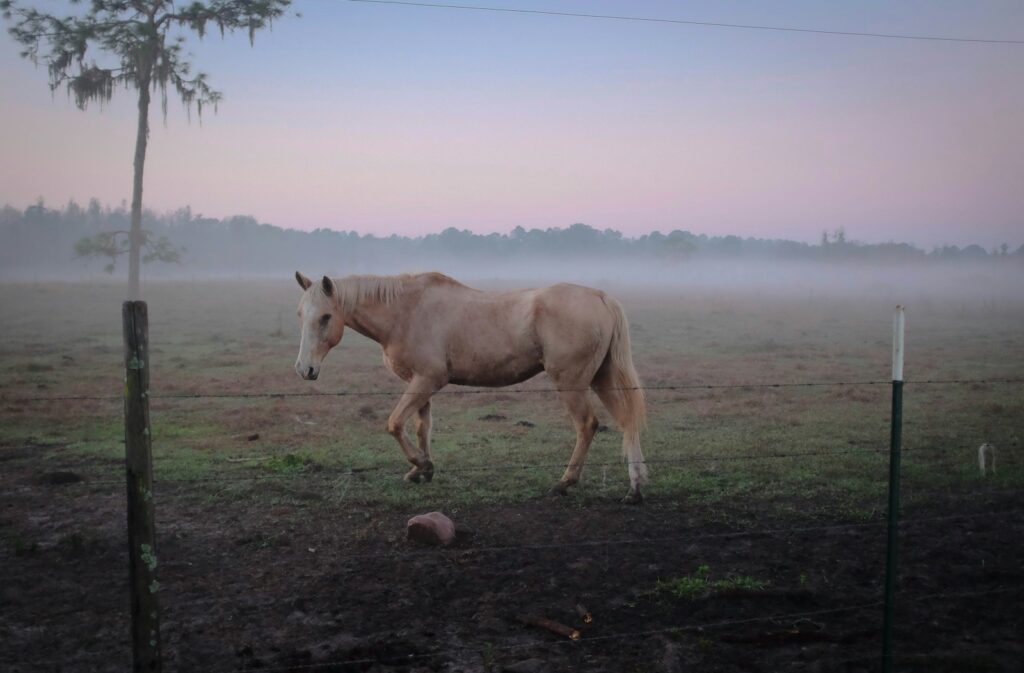
The Norwegian Fjord horse embodies centuries of adaptation to the challenging climate of Norway’s mountainous western coast, with its combination of wet, cold, and windy conditions. These distinctive dun-colored horses possess remarkable thermal regulation capabilities with their dual-layer coat that repels moisture while insulating against harsh winds and freezing temperatures. Their stocky, powerful build provides excellent stability on slippery surfaces, while their sure-footedness on rough terrain comes from centuries navigating Norway’s challenging mountain paths. Fjord horses demonstrate exceptional mental fortitude in adverse weather, maintaining calm demeanors during storms that might spook less weather-adapted breeds. Their versatility in pulling sleighs, carrying riders through snowdrifts, or navigating icy trails makes them outstanding partners for year-round riding in variable northern climates.
Marwari: India’s Heat-Resistant Equines
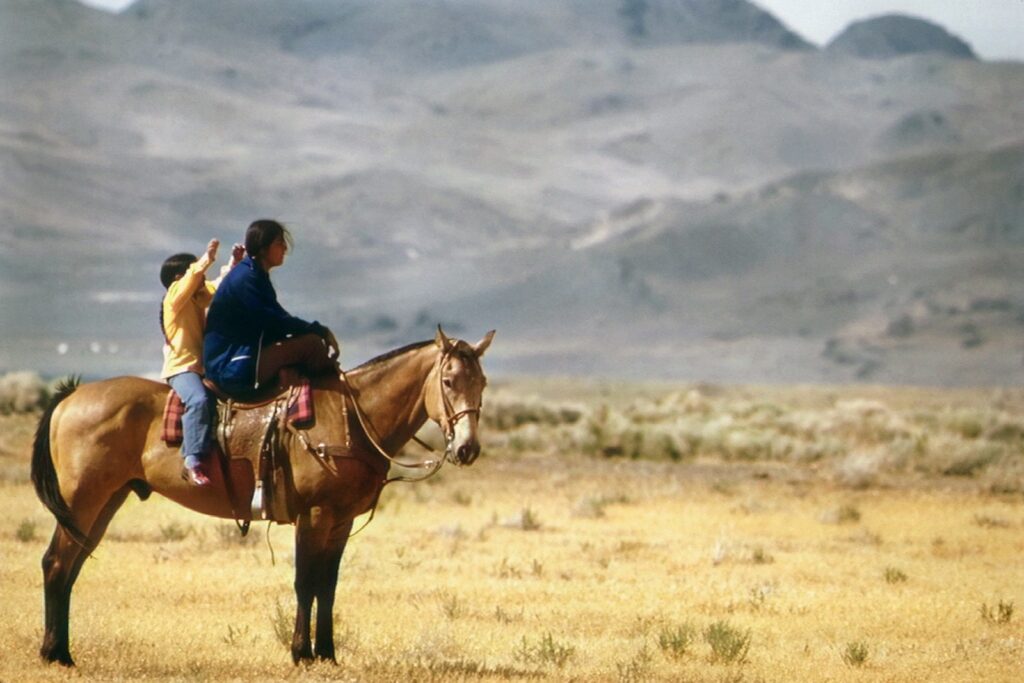
Originating from the Marwar region of Rajasthan, India, the Marwari horse has evolved to thrive in one of the world’s most unforgiving desert environments, where temperatures regularly exceed 120°F (49°C). Their most notable physical adaptation involves an extraordinary efficiency in water conservation and heat regulation, allowing them to work in extreme heat with minimal water intake compared to other breeds. The Marwari’s thin skin and fine coat maximize heat dissipation, while their metabolic adaptations enable them to maintain energy levels despite the scorching temperatures. Their distinctive inward-curving ears not only serve as a breed identifier but also provide protection against sandstorms while improving heat dissipation from the head. These natural desert adaptations make Marwari horses exceptional mounts for hot weather riding, particularly in arid environments where water conservation is crucial.
Przewalski’s Horse Descendants: Extreme Climate Survivors
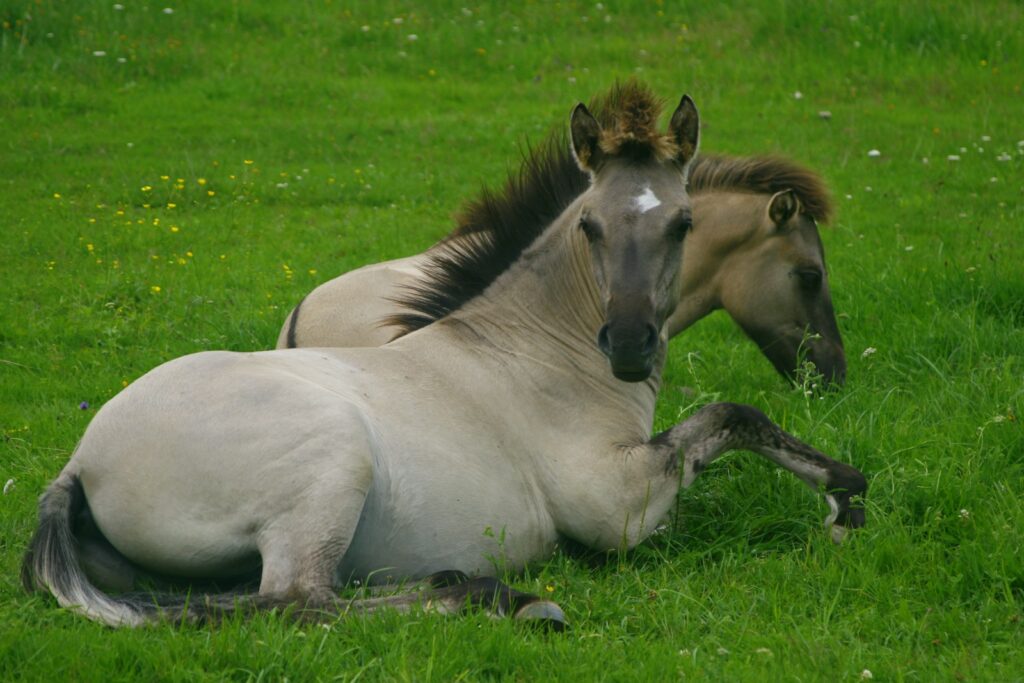
Modern breeds with strong genetic links to the ancient Przewalski’s horse demonstrate remarkable adaptability to extreme weather variations, thanks to their primitive survival traits. These horses evolved to withstand the brutal temperature swings of Central Asian steppes, where conditions can range from -40°F (-40°C) in winter to 100°F (38°C) in summer. Breeds like the Mongolian horse, Kazakh, and certain Russian native horses inherit this climate versatility through physiological adaptations including seasonally variable metabolic rates and highly efficient thermoregulation systems. Their bodies respond to seasonal changes by developing extraordinarily thick winter coats that shed completely for summer, while their digestive systems maximize nutrient extraction from sparse vegetation in any season. Riders in regions with dramatic seasonal temperature variations often prefer these hardy descendants for their ability to remain comfortable and working throughout extreme weather cycles.
Exmoor Ponies: Rain-Resistant Mountain Dwellers

Exmoor ponies have developed specialized adaptations to Britain’s notoriously wet and windy moorland environment, making them exceptional choices for riding in rainy, foggy, and windswept conditions. Their unique “toad eye” feature—a fleshy hood above the eye—diverts rainwater away from the eyes, improving visibility during persistent precipitation. The Exmoor’s double-layered coat system includes a water-resistant outer layer that functions similar to thatch, causing rainwater to run off rather than penetrate to the skin. This remarkable water-shedding capability is enhanced by specialized body oils that create a natural waterproofing effect, allowing them to remain dry at the skin level even during prolonged exposure to heavy rain. Their compact, sturdy build and sure-footedness on slippery terrain further cement their reputation as ideal mounts for navigating through the challenging combination of wet, cold, and windy conditions often found in temperate maritime climates.
Canadian Horse: Cold-Weather Versatility
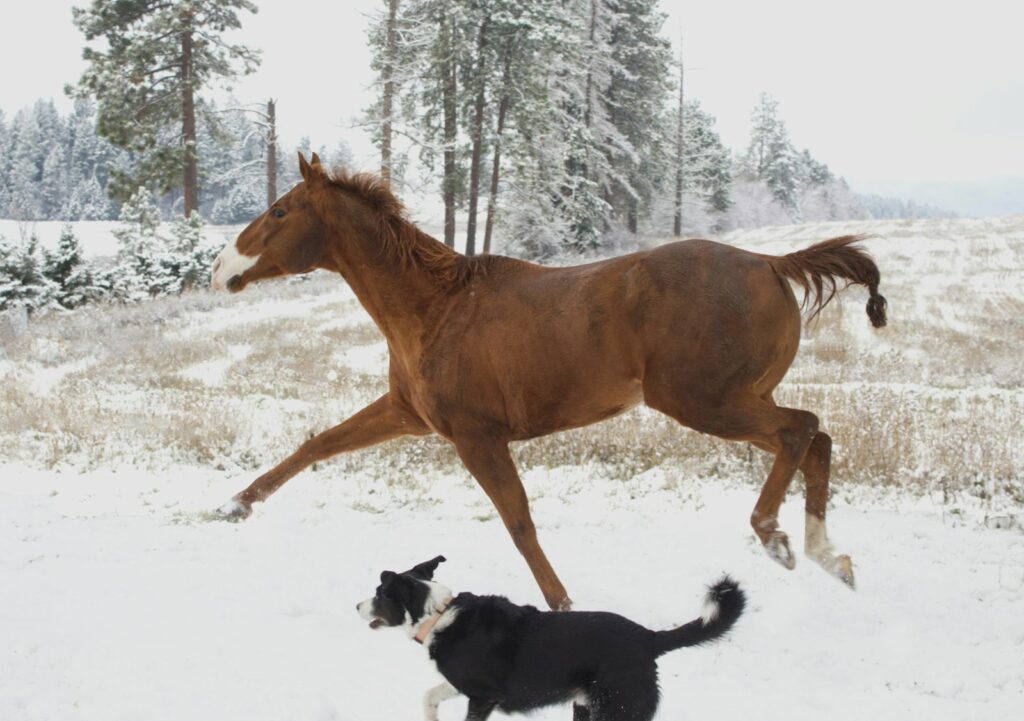
The Canadian Horse, often called “The Little Iron Horse,” represents one of North America’s most adaptable breeds for extreme cold conditions, having evolved through harsh Canadian winters since the 17th century. These horses develop exceptionally dense winter coats with specialized insulating properties that protect against both frigid temperatures and wet snow conditions common in northeastern North America. Their remarkable leg strength and sure-footedness make them especially valuable for navigating through deep snow and icy terrain that would challenge less adapted breeds. Canadian Horses demonstrate exceptional metabolic efficiency in cold weather, maintaining energy and weight on minimal feed even during the most demanding winter conditions. Their calm, sensible temperament in challenging weather situations—including blizzards and ice storms—further enhances their value as reliable winter riding companions throughout the northern regions.
Akhal-Teke: The Desert Racer
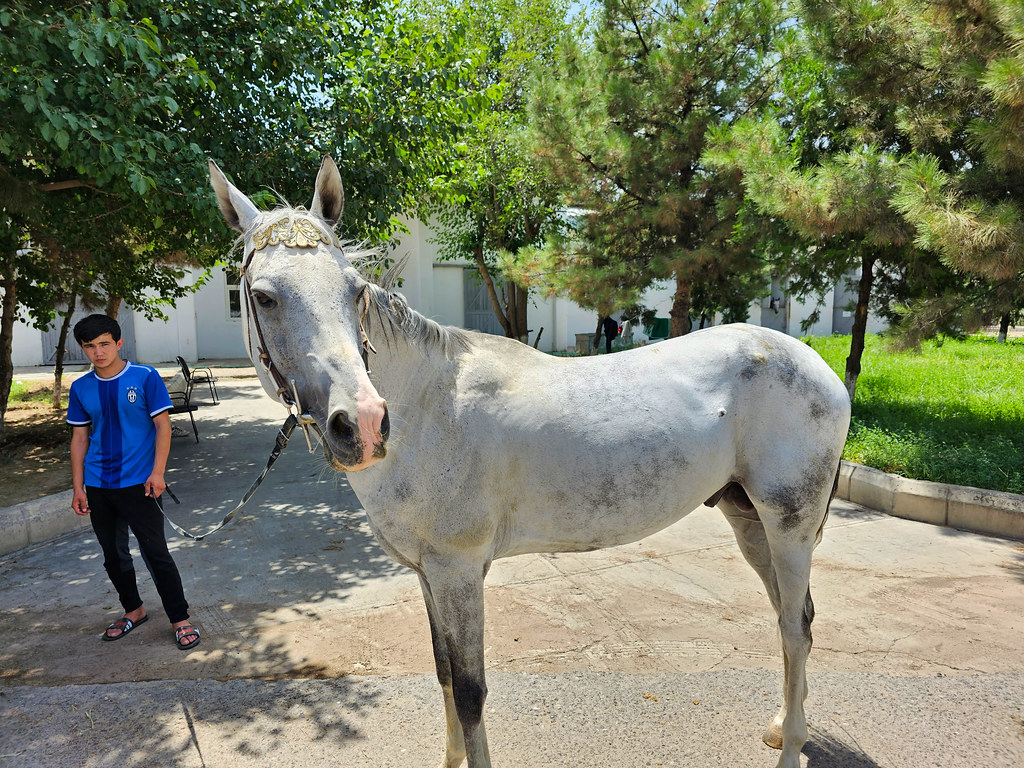
The Akhal-Teke breed represents millennia of adaptation to the extreme temperature variations and harsh conditions of the Karakum Desert, evolving unique physiological traits that excel in both intense heat and surprising cold. Their distinctively thin skin and sparse, fine coat allows for maximum heat dissipation during scorching daytime temperatures while requiring minimal water consumption to maintain hydration. The breed’s exceptional lung capacity and cardiovascular efficiency enable sustained performance in both high-temperature conditions and the thin air of mountainous terrain. Akhal-Tekes possess remarkable metabolic flexibility, allowing them to withstand significant food and water scarcity—a critical adaptation for desert environments where resources are unpredictable. Their natural athleticism and endurance make them extraordinary partners for riders in hot, arid regions, particularly for those covering long distances where other breeds might quickly succumb to heat exhaustion.
Highland Pony: Wet Weather Specialists
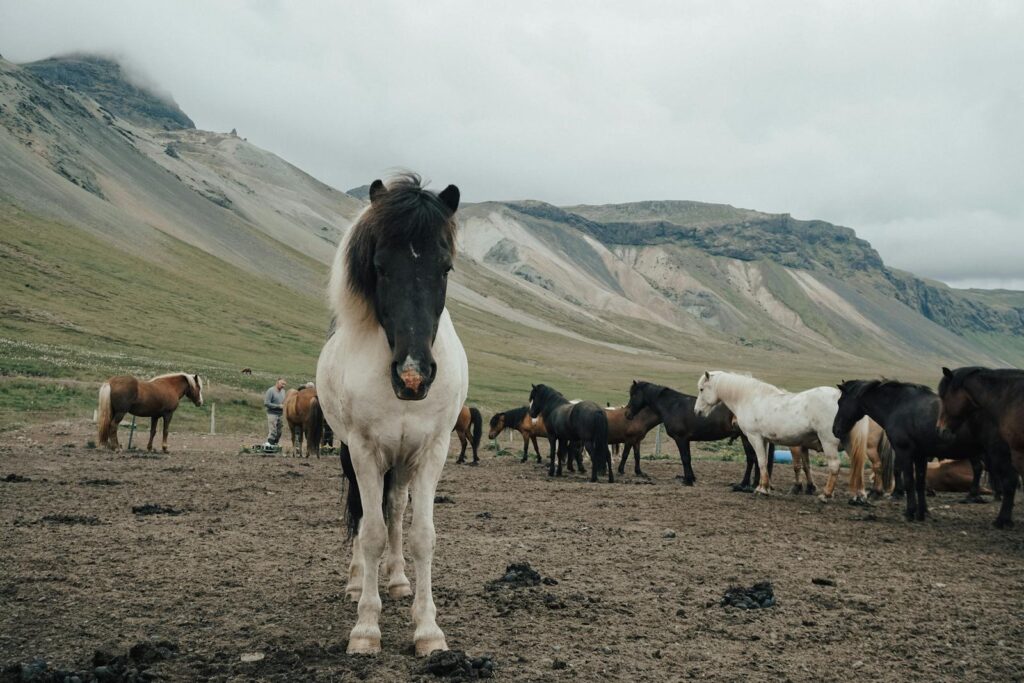
Highland ponies have evolved in Scotland’s demanding climate, developing specialized adaptations that make them exceptionally well-suited for riding in cold, wet, and windy conditions. Their double-layered coat features a dense, woolly undercoat for insulation paired with longer, oily guard hairs that create a natural waterproofing system capable of repelling even the most persistent Scottish rainfall. This efficient water-shedding ability prevents the coat from becoming waterlogged and heavy, maintaining the insulating properties even during prolonged exposure to wet conditions. Highland ponies demonstrate remarkable hardiness against driving rain and wind, maintaining body temperature and comfort in conditions that would leave other breeds shivering and miserable. Their calm temperament in adverse weather conditions and sure-footedness on slippery, marshy terrain further enhances their value as reliable mounts for riders who frequently face challenging combinations of cold, wet, and windy weather.
Mustangs: All-Weather Adaptability
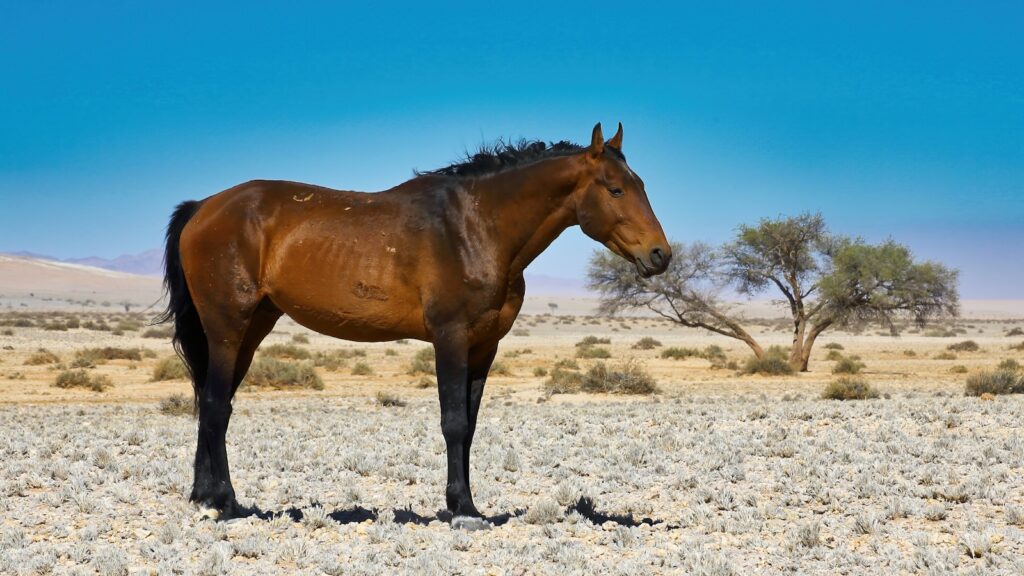
American Mustangs represent extraordinary climate adaptability, having survived for centuries across diverse North American environments ranging from high deserts to mountains, plains, and forests. Different regional Mustang populations have developed specialized adaptations to their local climates—desert Mustangs display efficient cooling mechanisms and water conservation, while northern Mustangs develop exceptionally thick winter coats and cold tolerance. This remarkable adaptive plasticity allows Mustangs to thrive in environments with extreme seasonal variations, where summer temperatures can exceed 100°F (38°C) and winter temperatures can plummet below 0°F (-18°C). Their legendary hardiness stems from natural selection processes that eliminated individuals unable to withstand weather extremes, resulting in horses with exceptional constitutional strength and weather resilience. Riders who face variable or unpredictable weather conditions often find Mustangs to be ideal companions, capable of maintaining performance and comfort across a wider range of temperature extremes than many specialized breeds.
Special Considerations for Weather-Extreme Riding
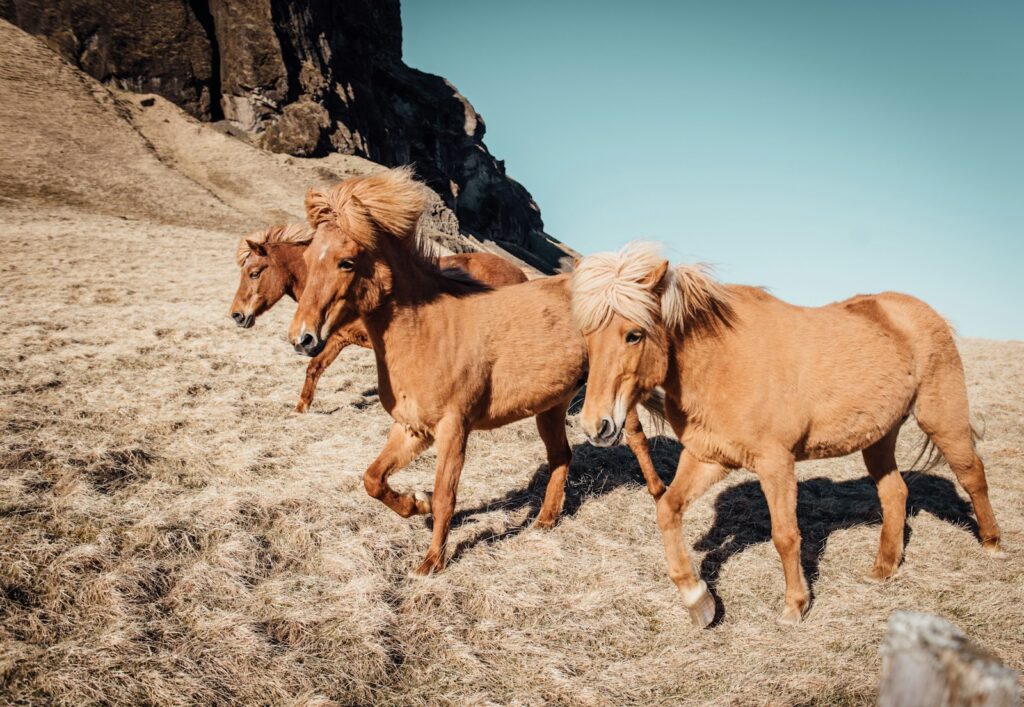
Even with weather-adapted breeds, proper preparation remains essential for riding in extreme conditions to ensure both equine and human safety. For cold weather riding, consider gradual acclimation periods allowing horses to develop appropriate winter coats, and avoid blankets that might interfere with natural insulation unless transitioning between temperature extremes. Hot weather riding demands careful attention to hydration schedules, electrolyte supplementation, and awareness of heat stress signs including reduced sweating or excessive fatigue. All extreme weather riding requires modified equipment choices—breathable saddle pads and minimal tack for hot conditions, versus specialized cold-weather gear like hoof boots for snow and ice. Regardless of the breed’s natural adaptations, appropriate fitness conditioning for the specific environmental challenges remains critical, as does maintaining flexibility in riding plans to accommodate unexpected weather intensification that might exceed even well-adapted horses’ comfort thresholds.
Crossbreeding for Climate Adaptability
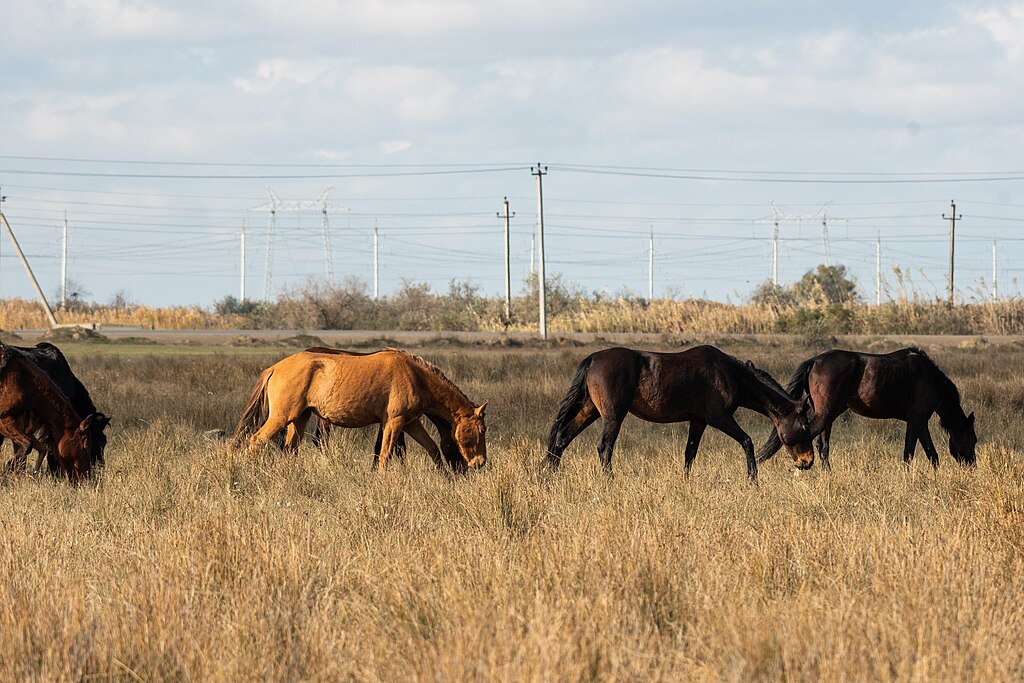
Strategic crossbreeding programs increasingly focus on developing horses with enhanced weather resilience by combining complementary adaptations from different breeds. These thoughtful crossbreeding approaches might pair the cold hardiness of Nordic breeds with the athletic capabilities of warmbloods, or combine the heat tolerance of desert breeds with the sturdy constitution of draft types. Modern performance crossbreeds like the Azteca (Quarter Horse x Andalusian) often demonstrate improved heat tolerance while maintaining athletic ability, while crosses incorporating Icelandic or Canadian bloodlines frequently show enhanced cold weather performance. These intentional hybrid programs aim to produce versatile athletes capable of performing across wider temperature ranges than their purebred counterparts. For riders in regions with multiple seasonal extremes, these purpose-bred crosses can offer practical advantages over traditional breeds that excel in single-climate conditions but struggle with seasonal variations.
Conclusion

The art of selecting appropriate horse breeds for extreme weather conditions represents a crucial intersection of equine welfare, rider safety, and performance optimization. While certain breeds demonstrate remarkable natural adaptations to specific weather challenges, effective management practices remain essential companions to these genetic advantages. As climate patterns continue changing globally, the value of weather-adapted horses grows increasingly significant for equestrians in many regions. Whether traversing snowy mountain passes, crossing scorching deserts, or riding through driving rain, partnering with a horse whose natural adaptations match the environmental challenges can transform difficult conditions from dangerous liabilities into manageable situations. By appreciating and leveraging these specialized equine adaptations, riders can extend their enjoyment of horseback activities throughout the year, regardless of what extremes the weather might present.

